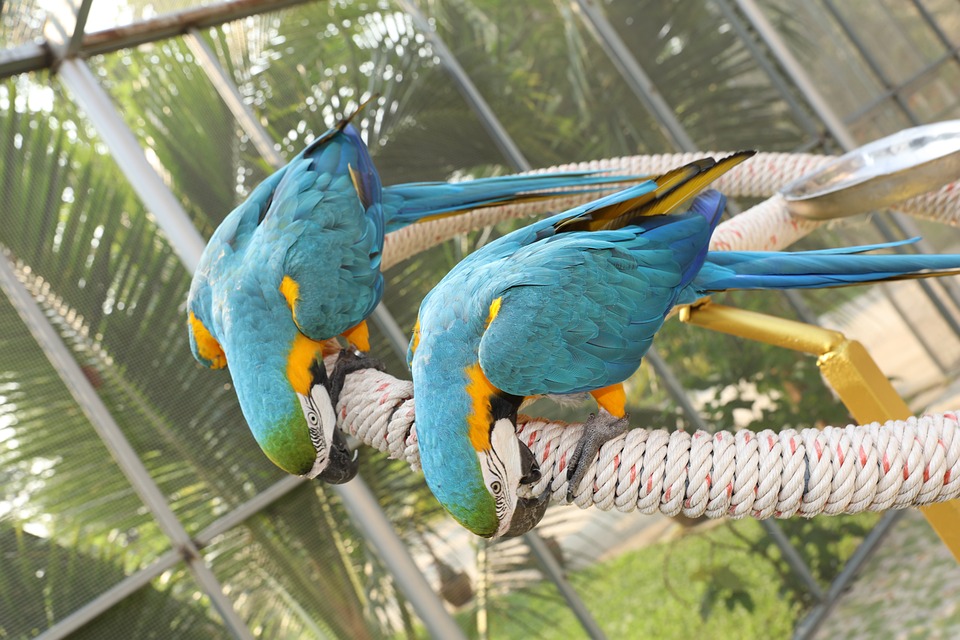Parrots are fascinating creatures known for their vibrant colors, intelligence, and ability to mimic human speech. However, understanding their behavior can be a complex task for many parrot owners. In this guide, we will delve into the intricacies of parrot behavior, shedding light on their communication methods, social dynamics, and common behavioral issues. By gaining a deeper understanding of your feathered friend’s behavior, you can strengthen your bond and provide them with a fulfilling and enriching life.
Communication Methods of Parrots:
Parrots have various ways of communicating with both their fellow parrots and humans. Understanding these communication methods can help you better understand your parrot’s needs and emotions. Vocalizations are one of the most common ways parrots communicate. They have a wide range of vocalizations, from squawks and screeches to melodic songs and mimicry. Body language is another important communication method for parrots. They use their posture, head movements, and gestures to convey their intentions and emotions. Feather preening and eye pinning are also significant behaviors that can indicate a parrot’s comfort or discomfort.
Social Dynamics Among Parrots:
Parrots are highly social creatures and have complex social dynamics within their flock. Understanding these dynamics can help you create a harmonious environment for your parrot. Parrots have a flock mentality, which means they thrive in the company of other parrots. They form hierarchies and establish dominance within their flock, which can sometimes lead to aggression. Mating and pair bonding are also important social behaviors among parrots, and understanding these processes can help you provide appropriate care for your parrot.
Common Behavioral Issues in Parrots:
Like any pet, parrots can experience behavioral issues that require attention and intervention. Some common behavioral issues in parrots include screaming and excessive vocalizations, feather plucking and self-mutilation, biting and aggression, and separation anxiety. Understanding the underlying causes of these behaviors and providing appropriate enrichment and training can help address and prevent these issues.
Enrichment and Training for Parrots:
Enrichment and training are crucial aspects of parrot care that can contribute to their overall well-being. Providing mental stimulation through interactive toys and puzzles can help prevent boredom and destructive behaviors. Positive reinforcement training can also help redirect unwanted behaviors and encourage positive interactions with your parrot.
FAQs (Frequently Asked Questions):
In this guide, we also address some frequently asked questions about parrot behavior, such as how parrots communicate with humans, whether they can understand human emotions, why they pluck their feathers, how to prevent biting, and whether territorial behavior is normal in parrots. These answers can provide further insight into the behavior and needs of your parrot.
Conclusion:
Understanding parrot behavior is essential for parrot owners to establish a harmonious relationship with their feathered companions. By recognizing and interpreting their communication methods, social dynamics, and addressing common behavioral issues, you can ensure a happy and fulfilling life for your parrot. Remember, patience, consistency, and positive reinforcement are key to unlocking the fascinating world of parrot behavior.









